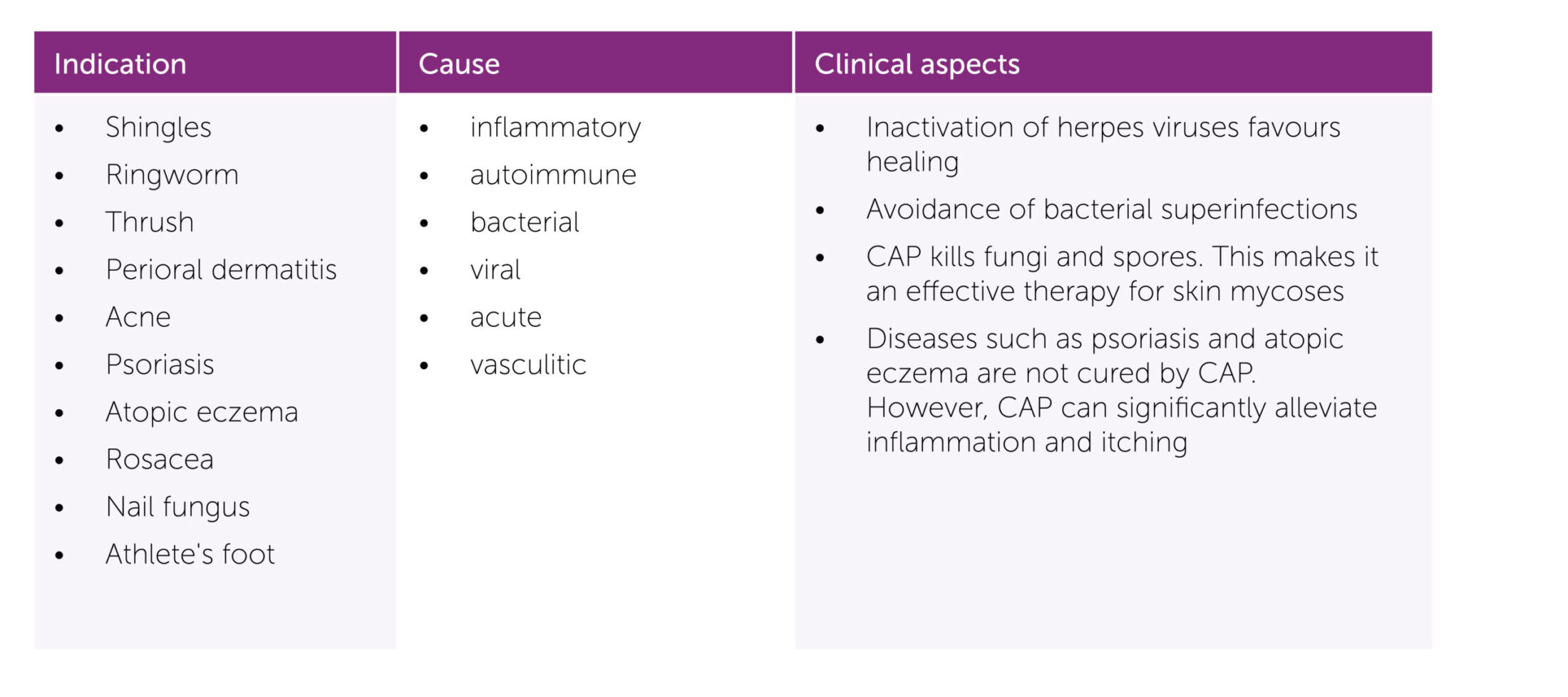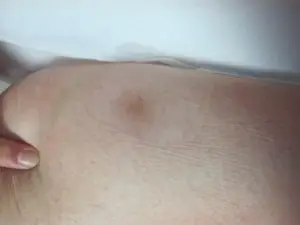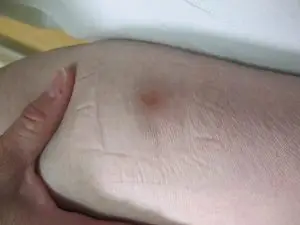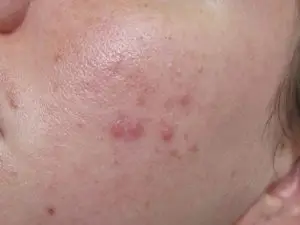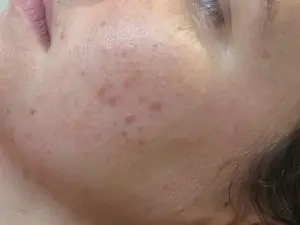Cold plasma in dermatology
Our plasma care® can be used to treat various inflammatory skin conditions. The cold plasma has a variety of mechanisms of action for this, for example bacteria including multi-resistant pathogens, viruses, fungi and spores are inactivated.
At the same time, cold plasma has a calming effect on itching and inflammation in diseases such as neurodermatitis or fungal skin infections. A decisive advantage over purely medicinal treatment is that cold plasma is free of allergies and side effects
In Germany, plasma treatment has been part of specialist dermatology training since 2021.
Skin-friendly and flexible: The biocompatible foam attachment from plasma care® ensures a high cold plasma density even on uneven skin areas and in the facial area.
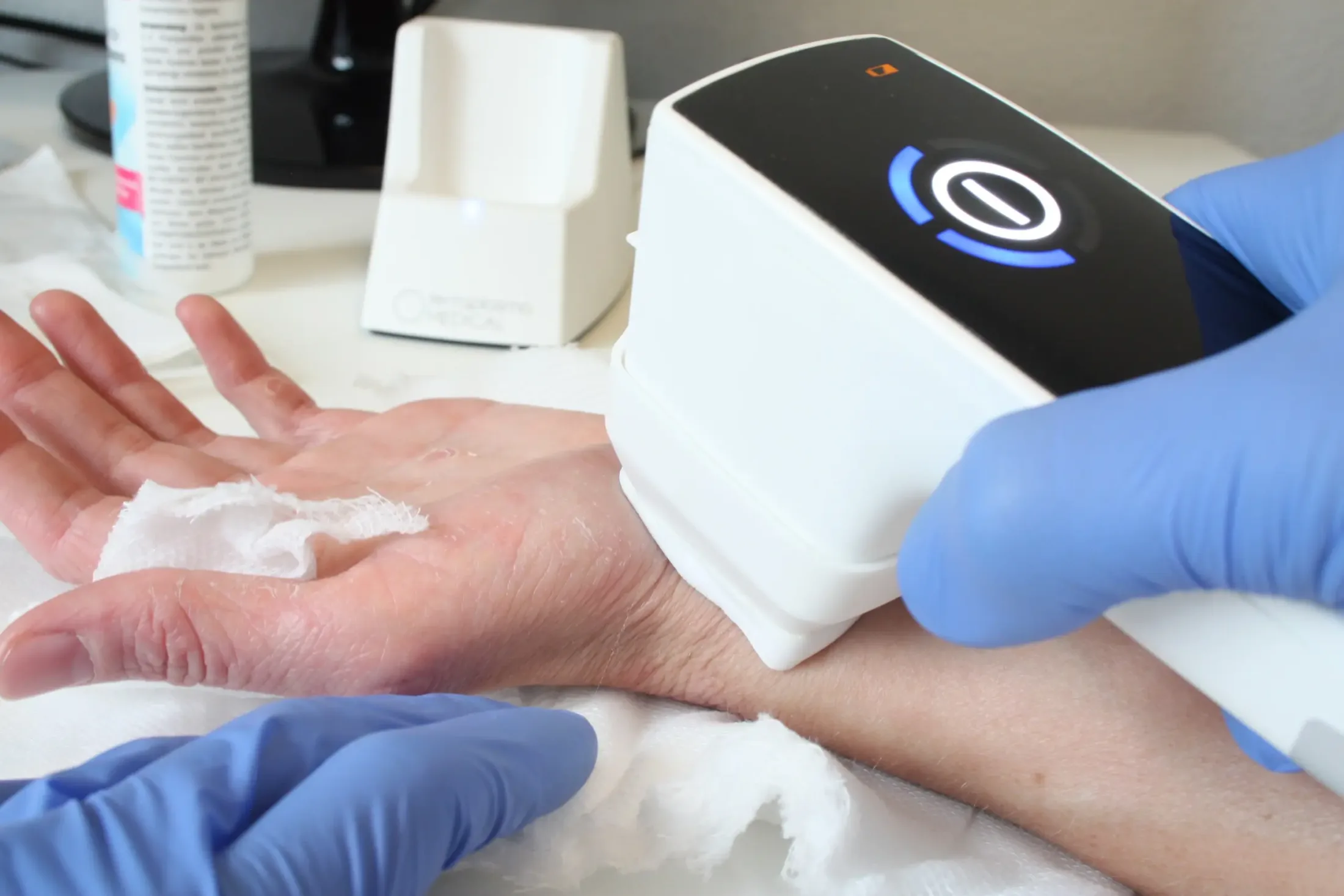
For which dermatological conditions is cold plasma therapy suitable?
In principle, cold plasma therapy is suitable for a large number of dermatological clinical pictures and indication areas due to its mechanism of action. Exemplary diseases:
- Mycoses and bacterioses
- Actinic keratosis
- Acne
- Perioral dermatitis
- Neurodermatitis
- Soft tissue infections
- Viral diseases, such as herpes
Advantages of therapy with PLASMA care®
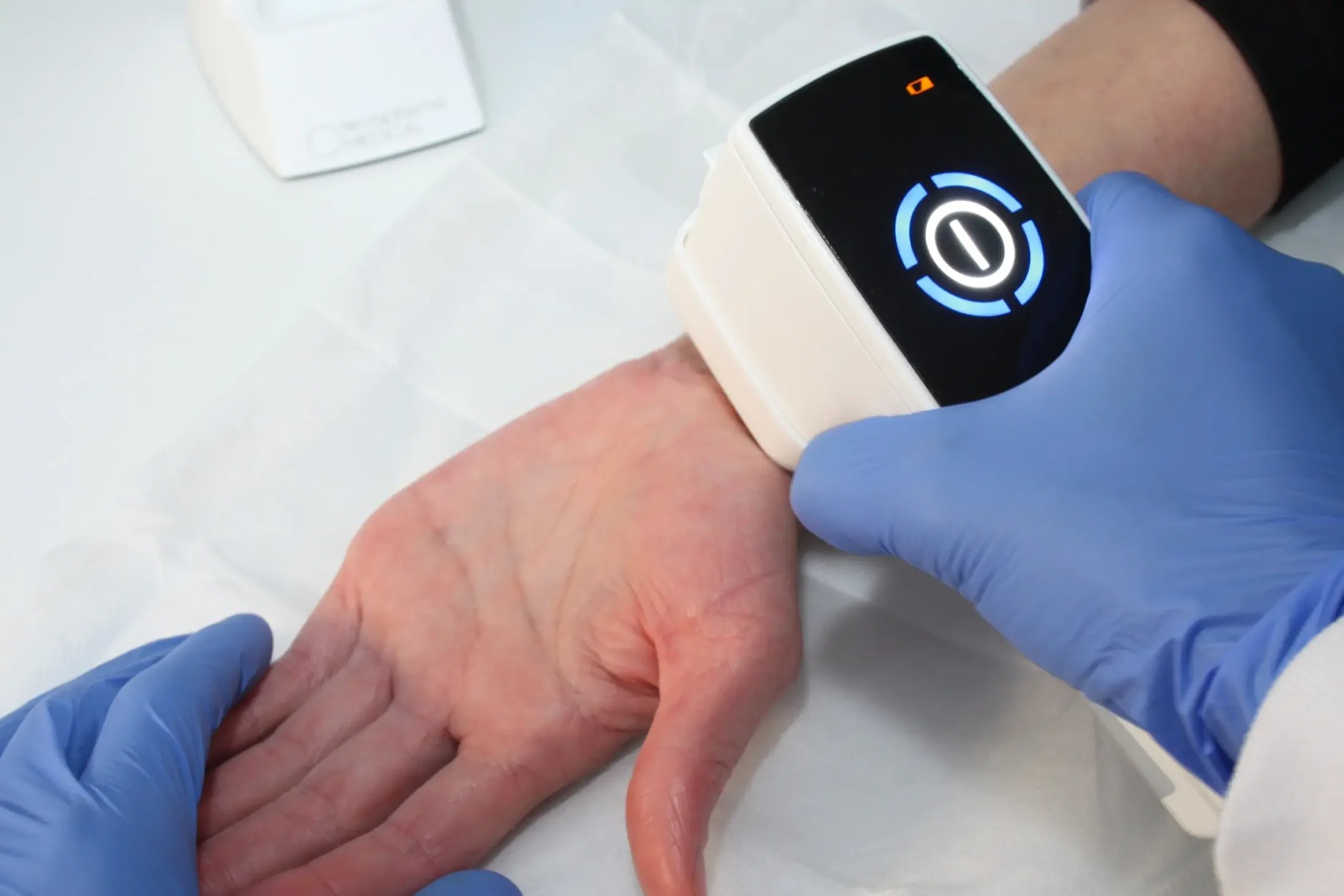
Relief and prevention right from the start
Whether for stasis dermatitis or acne, cold plasma can be used to reduce inflammation and close wounds. The use of plasma care® accelerates healing, relieves itching and supports skin regeneration.
PLASMA care®
The high-tech handheld
With the size and weight of a telephone receiver, the plasma care® in combination with the spacer is a mobile, CE-certified medical device. It generates mobile and flexible cold atmospheric plasma from the ambient air. CAP inactivates bacteria and human pathogenic fungi highly efficiently – regardless of the type and level of resistance to antibiotics.
CAP therapy also has a healing effect: it relieves itching and promotes cell generation (cell division) of healthy skin cells by activating local immune processes. The treatment is rated as painless.

Skin-friendly and flexible: The biocompatible foam attachment of the plasma care® ensures a high cold plasma density and is therefore ideal for use on uneven skin areas and parts of the face, for example.
The application of plasma care® only takes a few minutes and is very easy to carry out. Plasma treatment does not exclude treatment with other therapeutic agents. The chance of recovery is often significantly higher with a combination of therapies than using just one variant.
What is cold plasma in
dermatology?
Cold atmospheric plasma (CAP) is a partially ionized gas at room temperature. A gas is supplied with just enough energy so that it is only partially ionized, i.e. only one particle out of 10⁹ is ionized. This partial ionization of the gas allows the temperature to be controlled so that it remains below 40 °C.
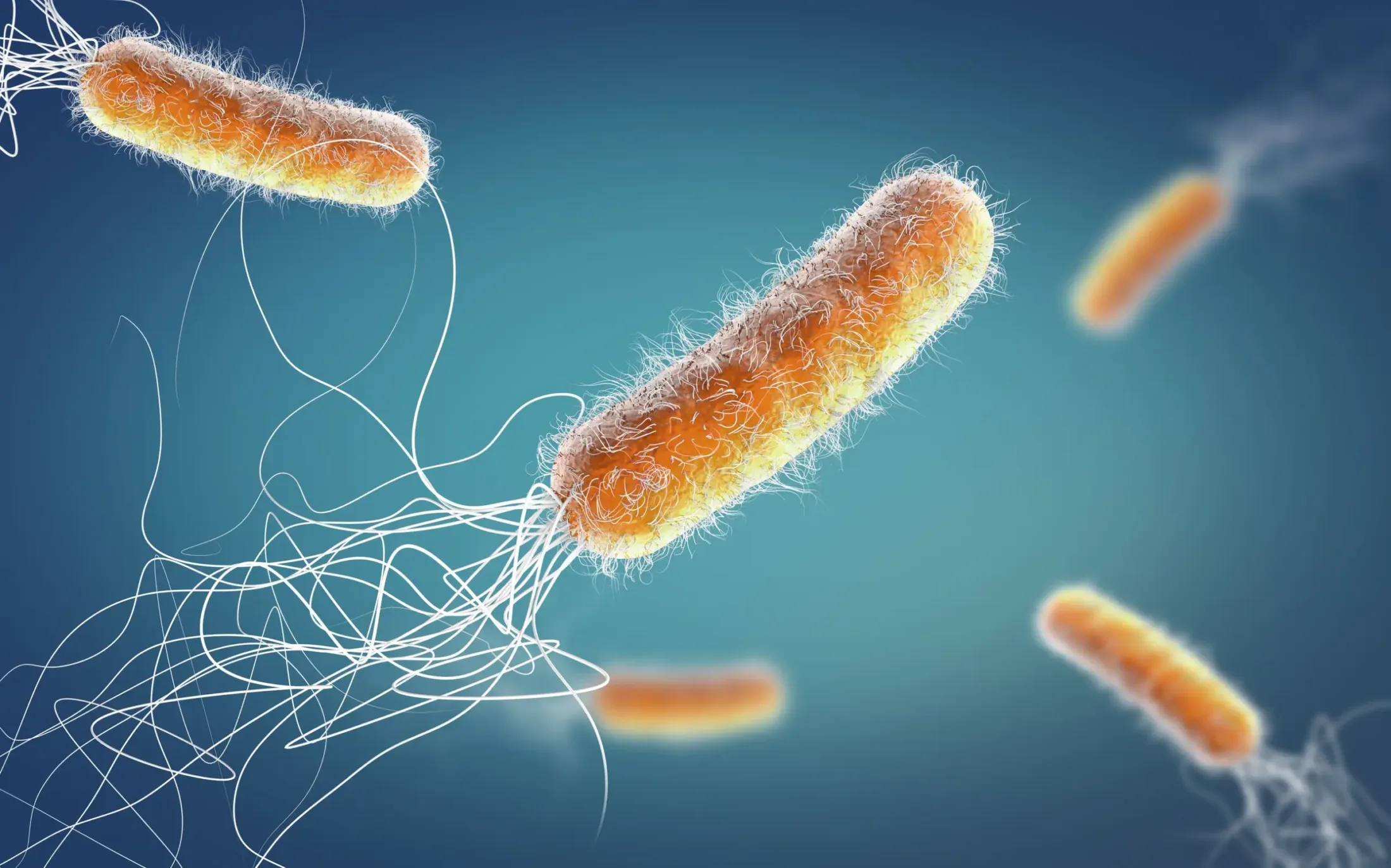
How does cold plasma affect bacteria and viruses?
When the CAP encounters bacteria or viruses, their cellular structures, including the DNA, are destroyed and the bacterium or virus is inactivated. Human tissue and cells, on the other hand, are spared, a local immune response is induced and growth and cell division are stimulated.
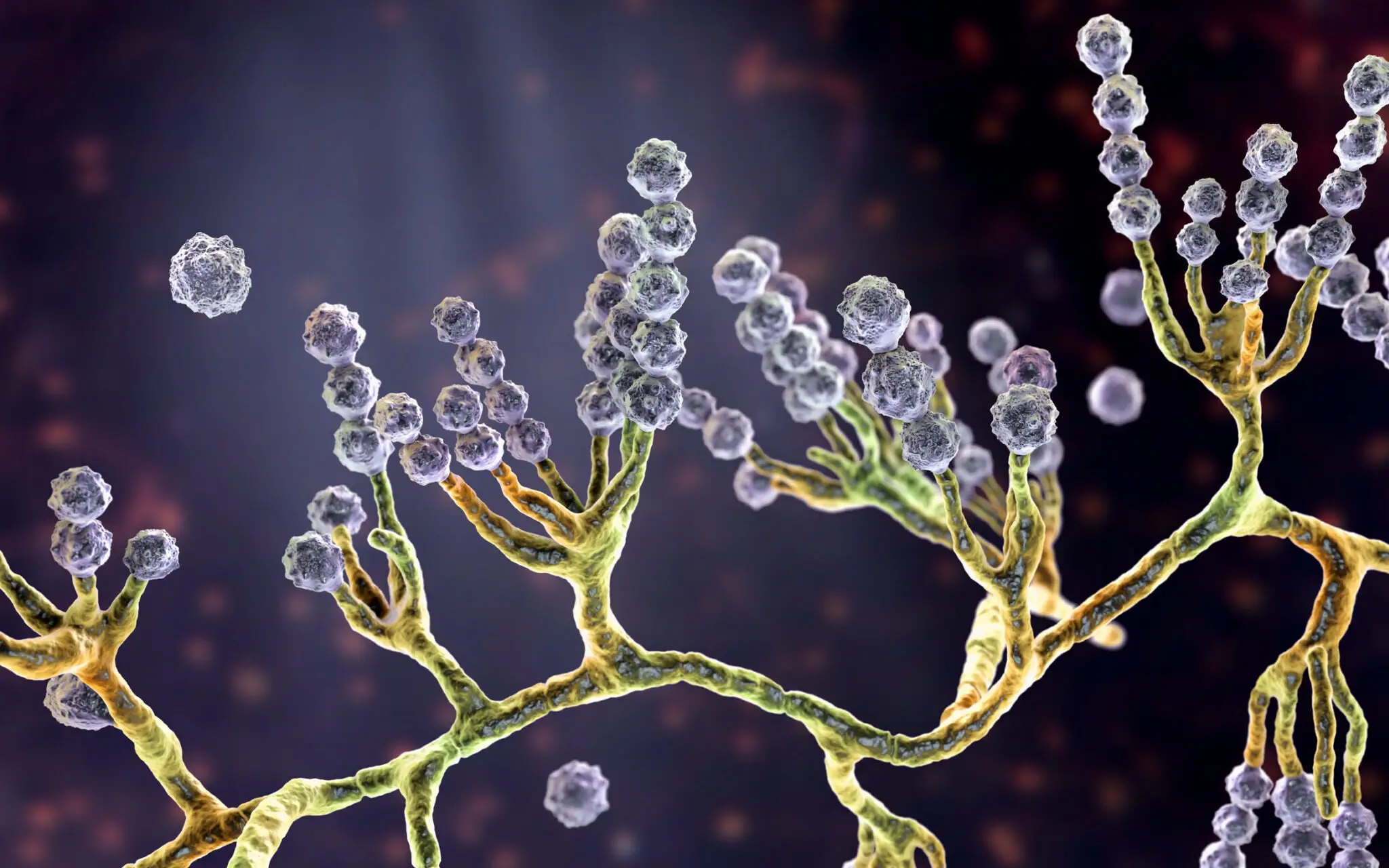
How does cold plasma affect fungi?
Most fungal infections are difficult to treat because fungi and spores have very resistant structures. Treatment with CAP deforms fungal spores, causing them to break open, flatten and shrink. Fungi are eukaryotes, which means that they have a nucleus that contains their DNA. Nevertheless, fungi can be killed by reactive oxygen species.
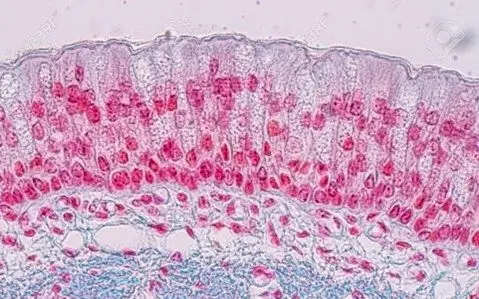
How does cold plasma affect skin cells?
The effect on healthy human cells is completely different. In these cells, the reactive species stimulate signaling pathways, increase blood flow and stimulate cell division. There are no known side effects and patients describe the treatment as pleasant and painless.
Publications on the use of KAP according to indication areas
The use of KAP for acne has been investigated in case reports and studies:
Mariachiara, Dr. A. et al. Cold atmospheric plasma (CAP) as a promising therapeutic option for mild to moderate acne vulgaris: Clinical and non-invasive evaluation of two cases. Clin. Plasma Med. 100110 (2020) doi:10.1016/j.cpme.2020.100110.
Potter, M. J. et al. Facial acne and fine lines: transforming patient outcomes with plasma skin regeneration. Ann. Plast. Surg. 58, 608-613 (2007).
Lan, T., Xiao, Y., Tang, L., Hamblin, M. R. & Yin, R. Treatment of atrophic acne scarring with fractional micro-plasma radio-frequency in Chinese patients: A prospective study. Lasers Surg Med. 50, 844-850 (2018).
Karrer, S. et al. Atmospheric Plasma in the Treatment of Acne Vulgaris. Appl. Sci. 11, (2021).
The use of KAP for acne has been investigated in case reports and studies:
Mariachiara, Dr. A. et al. Cold atmospheric plasma (CAP) as a promising therapeutic option for mild to moderate acne vulgaris: Clinical and non-invasive evaluation of two cases. Clin. Plasma Med. 100110 (2020) doi:10.1016/j.cpme.2020.100110.
Potter, M. J. et al. Facial acne and fine lines: transforming patient outcomes with plasma skin regeneration. Ann. Plast. Surg. 58, 608-613 (2007).
Lan, T., Xiao, Y., Tang, L., Hamblin, M. R. & Yin, R. Treatment of atrophic acne scarring with fractional micro-plasma radio-frequency in Chinese patients: A prospective study. Lasers Surg Med. 50, 844-850 (2018).
Karrer, S. et al. Atmospheric Plasma in the Treatment of Acne Vulgaris. Appl. Sci. 11, (2021).
Terabe, Y., Kaneko, N. & Ando, H. Treating hard-to-heal skin and nail onychomycosis of diabetic foot with plasma therapy. Dermatol. Ther. 34, e15127 (2021).
Gnat, S. et al. Cold atmospheric pressure plasma (CAPP) as a new alternative treatment method for onychomycosis caused by Trichophyton verrucosum: in vitro studies. Infection 49, 1233-1240 (2021).
Borges, A. C. et al. Cold Atmospheric Pressure Plasma Jet Reduces Trichophyton rubrum Adherence and Infection Capacity. Mycopathologia 184, 585-595 (2019).
Boxhammer, V. et al. Investigation of the mutagenic potential of cold atmospheric plasma at bactericidal dosages. Mutat. Res. 753, 23-28 (2013).
Heinlin, J. et al. Contact-free inactivation of Trichophyton rubrum and Microsporum canis by cold atmospheric plasma treatment. Future Microbiol. 8, 1097-1106 (2013).
Klämpfl, T. G. et al. Decontamination of Nosocomial Bacteria Including Clostridium difficile Spores on Dry Inanimate Surface by Cold Atmospheric Plasma. Plasma Process. Polym. 11, 974-984 (2014).
Daeschlein, G. et al. Skin and wound decontamination of multidrug-resistant bacteria by cold atmospheric plasma coagulation. J. Dtsch. Dermatol. Ges. J. Ger. Soc. Dermatol. JDDG 13, 143-150 (2015).
Zimmermann, J. L. et al. Test for bacterial resistance build-up against plasma treatment. New J. Phys. 14, 073037 (2012).
Gan, L. et al. Medical applications of nonthermal atmospheric pressure plasma in dermatology: Applications of nonthermal plasma in cutaneous diseases. JDDG J. Dtsch. Dermatol. Ges. 16, 7-13 (2018).
Kim, Y. J. et al. Prospective, comparative clinical pilot study of cold atmospheric plasma device in the treatment of atopic dermatitis. Sci. Rep. 11, 14461 (2021).
Moon, I. J. et al. Treatment of atopic dermatitis using non-thermal atmospheric plasma in an animal model. Sci. Rep. 11, 16091 (2021).
Gan, L. et al. Cold atmospheric plasma ameliorates imiquimod-induced psoriasiform dermatitis in mice by mediating antiproliferative effects. Free Radic. Res. 53, 269-280 (2019).
Lee, Y. S., Lee, M.-H., Kim, H.-J., Won, H.-R. & Kim, C.-H. Non-thermal atmospheric plasma ameliorates imiquimod-induced psoriasis-like skin inflammation in mice through inhibition of immune responses and up-regulation of PD-L1 expression. Sci. Rep. 7, (2017).
Gareri, C., Bennardo, L. & De Masi, G. Use of a new cold plasma tool for psoriasis treatment: A case report. SAGE Open Med Case Rep. 8, 2050313X20922709 (2020).
The effect of KAP on phlegmon has also been demonstrated:
Kalghatgi, S. et al. Applications of Non Thermal Atmospheric Pressure Plasma in Medicine. in Plasma Assisted Decontamination of Biological and Chemical Agents (eds. Güçeri, S.,
Fridman, A., Gibson, K. & Haas, C.) 173-181 (Springer Netherlands, 2008). doi:10.1007/>978-1-4020-8439-3_15.
Fridman, G. et al. Applied Plasma Medicine. Plasma Process. Polym. 5, 503-533 (2008).
